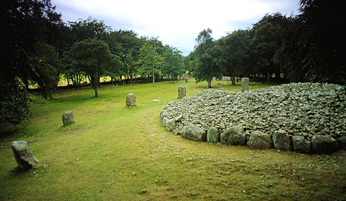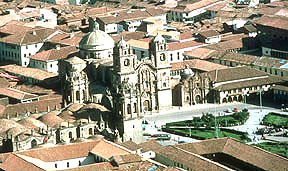Animation showing monthly changes on the Earth's surface over a complete year.
Click on image for full size
NASA's Earth Observatory
North and South: Opposite Seasons
NASA recently started making images of the entire surface of the Earth
every month. There are no clouds in the images. They combine many pictures
taken at different times when the weather is clear in different places.
The polar ice caps look larger than they really are. This is because of
how the globe was projected.
The animation begins in January. It is winter in the North and summer
in the South. As the months go by, you can see the ice and snow melt in
the North. Then it returns the following winter.
There is not as much land far in the South. The change in the snow is less
obvious. But you can see the land in the South grow more green in the
summer (when it is winter in the North). Then it grows more brown in the
winter (when it is summer in the North).
For the first time, you can see with your own eyes how the seasons are
opposite in the North and South.
You might also be interested in:

The Earth travels around the sun one full time per year. During this year, the seasons change depending on the amount of sunlight reaching the surface and the Earth's tilt as it revolves around the sun.
...more
Let's get rid of some common misconceptions about the seasons. The Earth's orbit is in the shape of an ellipse, so that sometimes the Earth is a little bit closer to the Sun than at other times. Is this
...more
People from Asia crossed the Bering Strait into North America. These people were first in this new land and so they are known as Native Americans. Over time, these people broke into tribes (as seen on
...more
"The movements of the heavenly bodies are an admirable thing, well known and manifest to all peoples. There are no people, no matter how barbaric and primitive, that do not raise up their eyes, take note,
...more
The stones of Carnac, France, are probably the most famous stones markings outside of those found at Stonehenge in England. There are many, many stones at Carnac. And these stones are very old too, the
...more
Not too far from Loch Ness, there lies three giant tombs made of stones. They are called the Balnuaran of Clava. The Balnuaran of Clava, giant tombs encased in stone, can be found close to Inverness in
...more
Cuzco is located in Southern Peru. It is the ancient capital of the Inca Empire. It is the oldest, continuously occupied city in the Americas. In ancient times, Cuzco was the ceremonial capital and hub
...more














